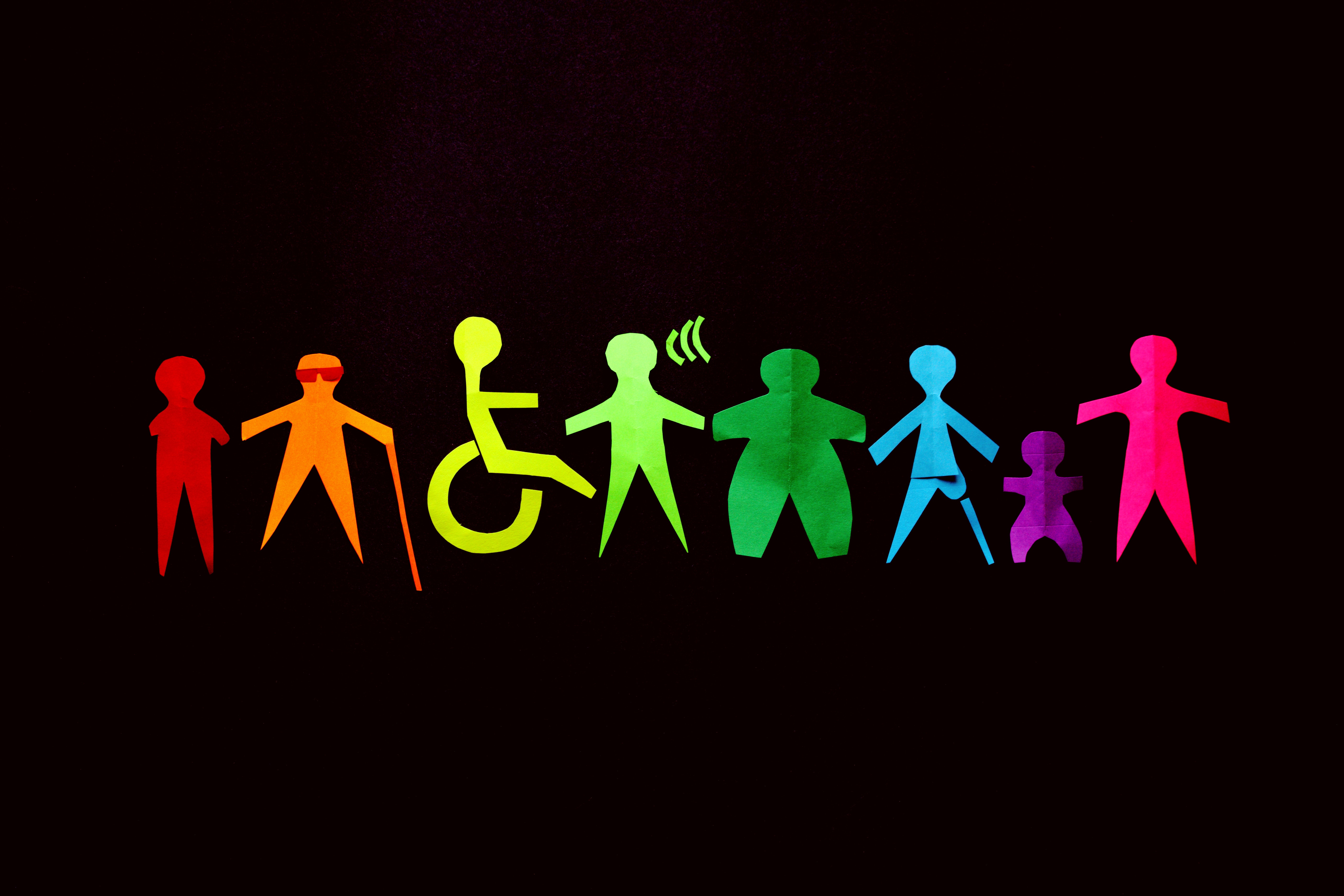
Building diverse teams
- 6 minsThe information technology world is changing and businesses are facing pressure to build diverse teams at work and end discrimination in the workplace. However, building diverse and inclusive teams is hard.
Perhaps you found yourself using phrases like these:
We are looking for senior developer women, but we can’t find them.
We want more People of Color (PoC) in our hiring pipelines, but they just don’t apply.
When we post a job only men apply.
There just aren’t enough qualified women or POC to do the job.
Experienced applicants from underrepresented groups are out there, and attracting them to your company is not an impossible task.
I’ll share some techniques you can use—whether you’re a leader, a hiring manager, or an individual contributor to attract more people who are not the standard (white, cis, male) into your hiring pipelines.
Why do you hire for diversity
“Creating diverse teams at work is about recognizing that great talent knows no race, ethnicity, gender, religion, sexual preference, or sociology-economic standing.” I read about this from Dean Mathews when he wrote about Diverse teams at Work, and I couldn’t agree more.
There is irrefutable, mounting evidence that diversity and inclusion leads to positive outcomes.
The biggest companies in the world are finding more advanced ways of connecting individuals around the world. A diverse company will be able to reach out to, and build innovative features for, underrepresented communities. These communities can be a very large potential user base. Ideally, the team you build and work with should be a representation of your user base.
 This isn’t done through panicked token hiring. First, with “diversity” I don’t mean white women. Diversity covers a broad spectrum, but the standard is white.
This isn’t done through panicked token hiring. First, with “diversity” I don’t mean white women. Diversity covers a broad spectrum, but the standard is white.
A hiring manager with a box-ticking mindset can undermine the progress: “Ok people, we’ve got a woman, we are diverse! Bring out the champagne!”
Race is difficult to talk about. Race is one of those topics that makes people feel extremely uncomfortable. But I feel it’s important enough to address when you’re hiring for diversity.
So let’s start hiring for diversity!
How do you hire for diversity
1. Diversify your network
Did you know most people have largely homogeneous professional networks?
This makes sense because common interests tend to fuel networks.
The result is that engineers network with other engineers, and marketers with other marketers. We want people who understand us, and instinctively know that people who are similar to us are likely to relate to our challenges and triumphs. It’s human nature.
Want to diversify your network?
Look around you, observe your environment, at work, at home. Your network, inner circle, friends. Be aware.
How many look like you? Invite people into your professional life who don’t look like you, don’t think like you, don’t act like you, don’t come from where you come from. You might find that they will challenge your assumptions and make you grow as a person. Start with having coffee or lunch with that other team. You might get powerful new insights from these individuals.
Here’s a question for you: If you have a Twitter account how many women, PoC, trans, non-binary folks in tech do you follow? Start following them!
Here are some hashtags where to find them on Twitter: #BlackTechTwitter, #LGBTQtech, #WomenWhoCode, #transtech, #womenintech
2. Post on other job boards then just the usual
Here are some examples of tech focused job boards:
All Groups:
Gender:
Black:
- BlackTech Pipeline
- Blacks in Technology
3. Sponsor conferences, meetups
Be part of several tech communities for and with marginalized groups. Take part in meetups and conferences that organize events for people of underrepresented groups.
These events are not about excluding people, it’s about finding ways to be accepted and creating a safe environment where everyone can be themselves. It’s about creating more diversity within communities in tech. Go attend these events. Listen to the people on stage, listen to their stories and learn.
Get to know the crowd. Support and sponsor tech meetups who stand for diversity and inclusion or at least create a safe place for them to join, check if they have a Code of Conduct. There are quite a few out there. Here are some examples of safe communities.
- Pyladies
- RailsGirls
- DjangoGirls
- KodewithKlossy
- QueerJS
- Blackgirlscode
- Blacks in Technology
- Black Women Talk Tech
- dev/color
- Diversify Tech
- Elpha
- Women in AI
- Women Who Code
By taking part in and sponsoring these events and communities you are letting them and their members know that you support their mission.
4. Coach and mentor
If you still cannot find them, train them. Hire junior developers and train them into becoming the best possible developer they can ever be. Stand up to mentor and coach in a community. Organize workshops.
5. Sources
Where are you sourcing talent from? Are you looking at coding boot camps / coding academies or universities? Hack you Future is a great example. They train people from under represented group; immigrants, fugitives.
Are you working with recruiters who are women, enby’s (non-binary) or people of color? How about the recruitment agency you’re working with, are they a diverse and inclusive group?
6. Job descriptions
Is the language in the job description inclusive? Test your job description in the organization to remove any requirements that could be bias. For example, descriptive cues such as “dominant”, “competitive”, “best of the best”, and “fast-paced” have been found to deter female candidates from applying.
Does your organization offer perks like parental leave, do you have a lot of requirements in the job description?
Consider reevaluating whether a college degree is truly necessary for certain roles. For example, you may recognize that while the job states “Masters degree preferred”, not all potential employees have had access to graduate education, so it is worth evaluating comparable skills sets for the job, such as experience working in the community. Women and minorities are more likely to self-select out of roles.
Put a line in there that says: “Consider applying even if you don’t match all these requirements fully!”
Conclusion
Diversity hiring is not just a “right thing to do” issue, it’s bigger than that. We have to learn to see past our differences and work together on a common goal, whether that’s a company goal, or a humanitarian goal.
I love the analogy of the art of fishing: If you don’t catch a fish, you don’t blame the fish. You change your technique.
